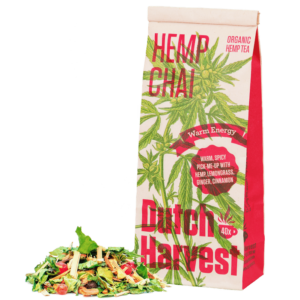From the year 1000 onwards, we speak of the period of cities and states. In this second part of the Middle Ages, the Netherlands fell under the rule of the Holy Roman Empire. This empire originated in 962 from the eastern part of the Frankian empire and had Otto I as its first king. In this period when the Holy Roman Empire ruled, many cities arose and the existing cities grew.
The cities could grow because the Netherlands was no longer under attack by aggressive peoples such as Hunnen and Vikings from the year 1000 onwards. Also food production increased. Farmers, for example, now used other migratory animals to pull the plow. Previously, they usually used oxen. Now they used horses. So working on land went faster. They also invented an improved version of the team. Another reason for increasing the harvest was the introduction of the triple-strike system. This meant that she left the land fallow once every three years. It was an important invention in history. The soil was thus the most fertile and thus yielded the most. They divided their land into threes, and sowed two-thirds of it. The following year, the fallow land was sown again and another part was set aside. This was the most favorable and productive way of rotating with vacant land. Previously, they left half their land fallow. Also in the eleventh and twelfth centuries new farmland was added by draining marshes and damting pieces of land by the sea. Forests were also cut down to cultivate.
The farmers could start trading their goods. They sold vegetables, grain, meat, wine or wool at the market. This was usually held in places where different roads crossed each other. A city could be created in such a place. Because here were also people who could process the products of the farmers. These people were craftsmen. For example, they were bakers, weavers, carpenters or blacksmiths. The craftsmen were members of their own association. These associations are called guilds. In the guilds, young boys were trained as craftsmen.
The most important trading cities in this day and age are called Hanseatic Cities. A Hanze is a medieval partnership of traders and cities. In these cities not only the local harvest was sold. Products were also imported and sold from abroad. Bruges is an example of a Hanseatic city. In Bruges, wool sheets were made and traded. For this, they needed wool. But at one point there wasn't enough wool in Flanders. That's why they imported the wool from London. London was also an important Hanseatic city. In the Netherlands we also had Hanseatic cities. Some of these are: Zutphen, Arnhem, Nijmegen, Deventer, Groningen, Hindeloopen and Stavoren. All these cities were easily accessible by water. So these cities all have a rich history that goes back to the Middle Ages.

